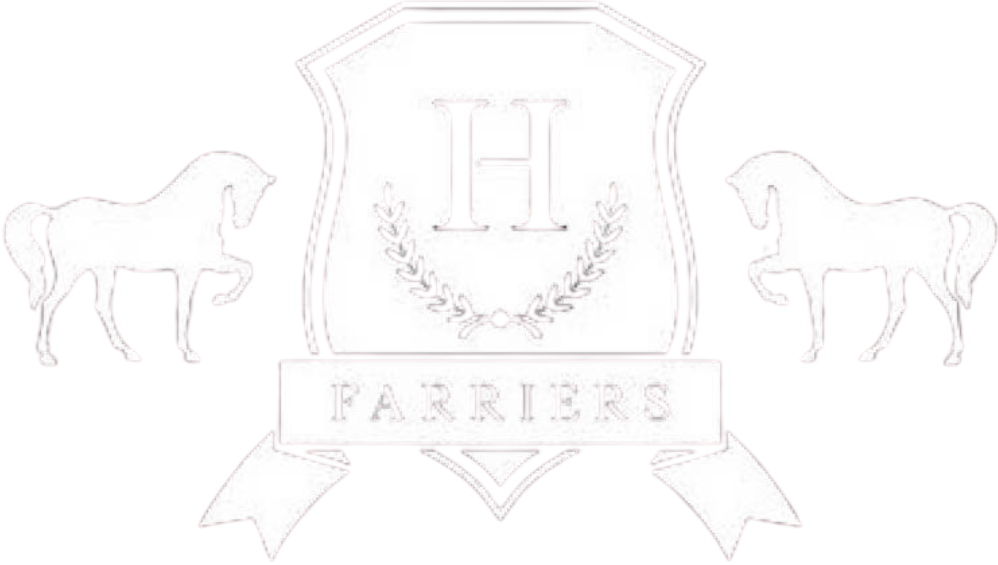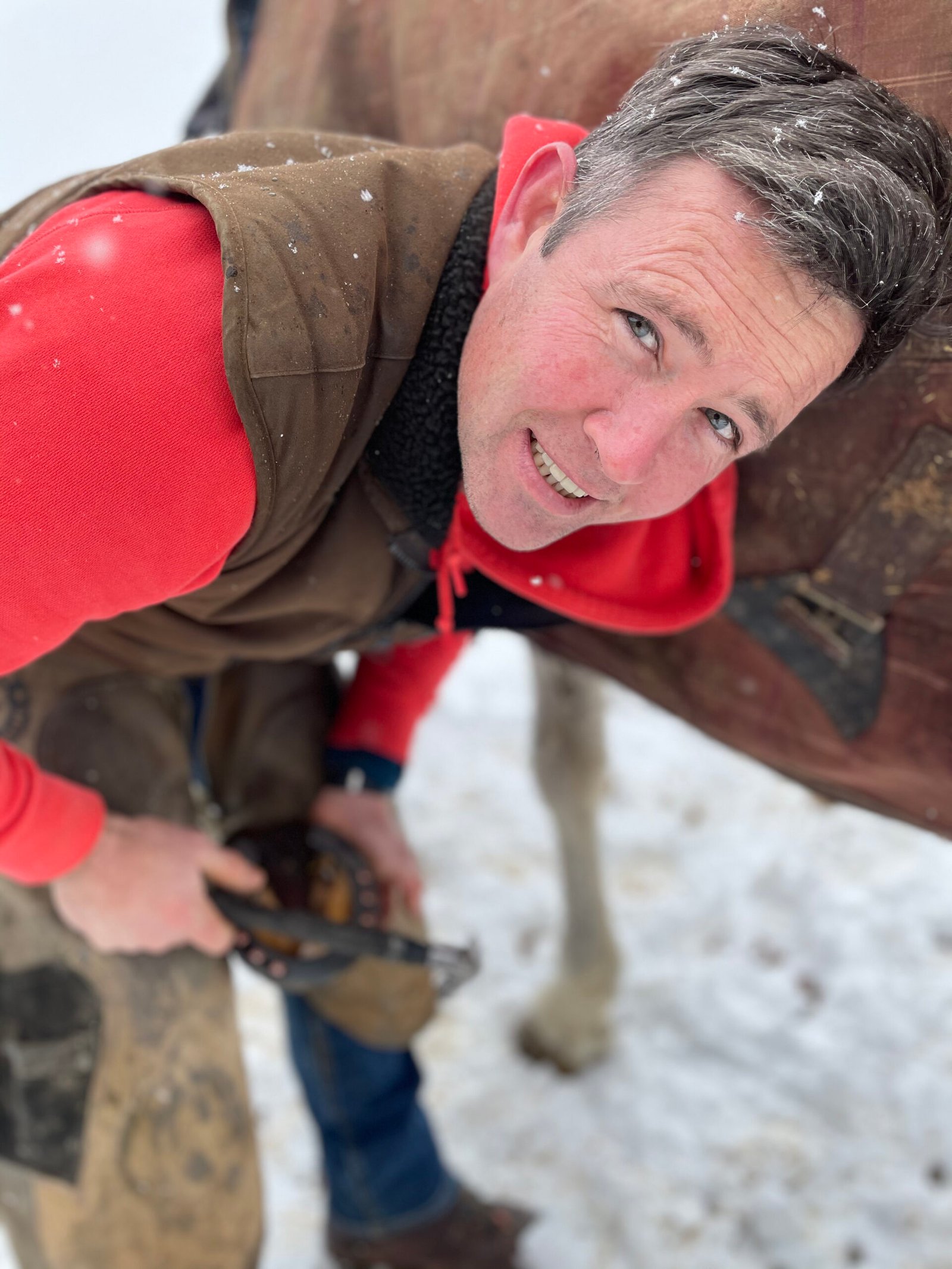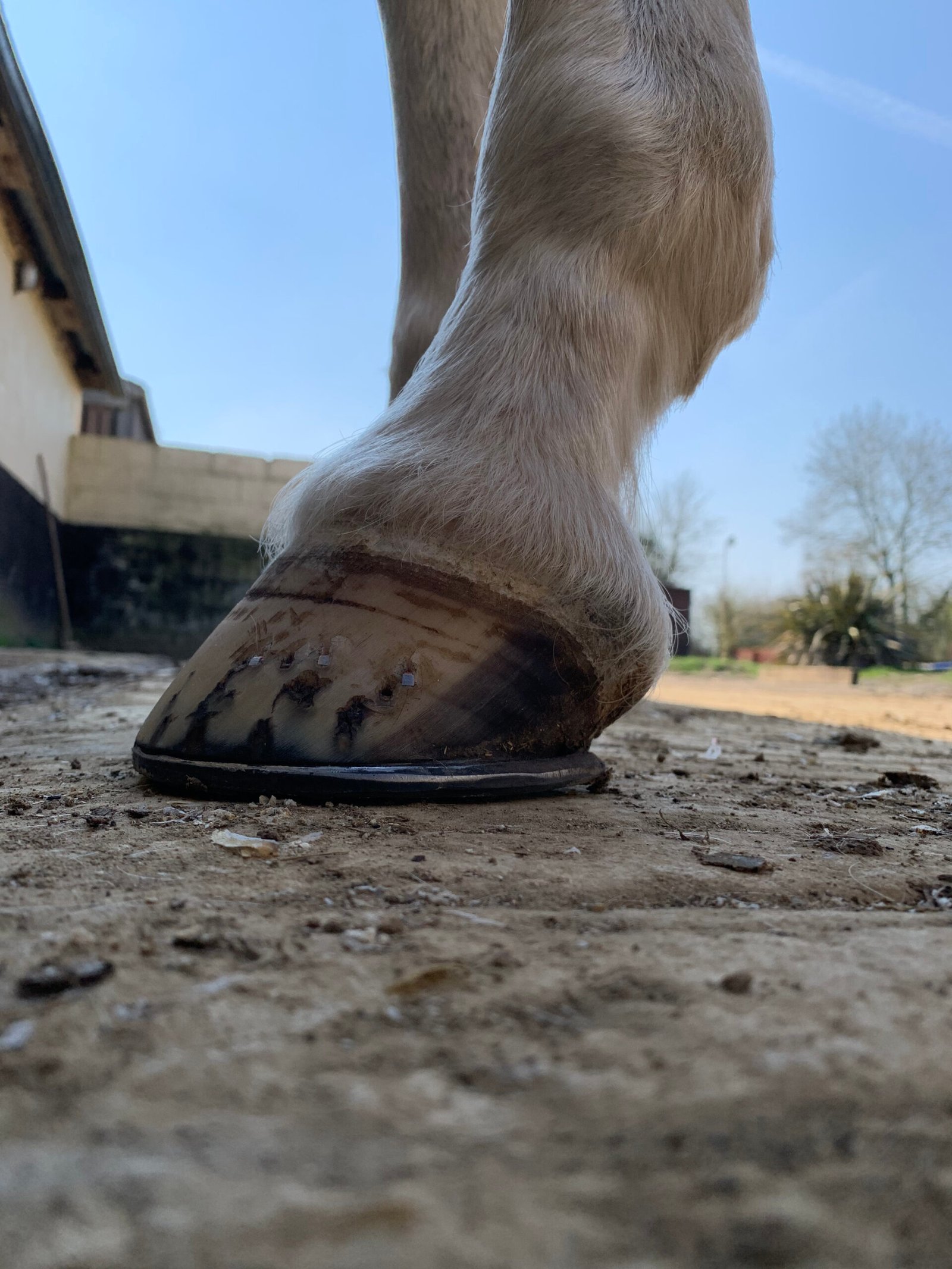Hammer and Tongs is headed up by Hannes Snyman, an internationally qualified farrier. He completed his apprenticeship in 1999 under the then president of the South Africa Farriers Association, Andrew Timm.

Hammer and Tongs began in Nottingham Road in KwaZulu Natal but really started to thrive after being invited to join the polo community in Plettenberg bay in 2000. In 2017 he moved to the United Kingdom and completed his diploma in 2018 to officially join The Worshipful Company of Farriers.
The Worshipful Company of Farriers was begun in 1356 in the City of London to look after horse welfare given, they were the main form of transport at that stage. It is the oldest and most respected Farrier Exam in the world and is accepted as the Benchmark of success in Farriery. He has also completed the Certified Professional Farriers Exam through the American Farriers International Testing System in 2017.

He has been focusing on Dressage, Showjumping and Eventing Horses in the Cotswolds in the UK for the last 7 years and at the end of 2024 made the move back to the Garden Route in South Africa to join his family.
Hannes was privileged to have wonderful opportunities to learn in the UK from the many CPD and Farrier congresses he attended. He was also privileged to spend a few days with five-time British Olympic team farrier Hayden Price who shod “Valegro” to two Olympic Gold medals and he was blessed to have met Ben Benson, a three-time British Olympic team farrier. Ben was responsible for Hammer and tongs success in the Cotswolds, as he introduced Hammer and tongs to the area, and send many wonderful clients his way. Ben is a incredibly talented farrier and specialize in sport horses. Esp dressage and Hannes learned a huge amount from him.
Hannes is very passionate about the biomechanics of the hoof and how slight changes to the way he shoes a horse can affect equine movement and therefore success in their sport. The success of the equine athlete depends on its limbs and feet and proper farrier and therapeutic work can improve the longevity and welfare of the Horse. Hannes is currently hoping to complete the AWCF farrier exam in the near future.
He is passionate about nature and animal welfare and anything sporting that his young sons choose to do. If he is not at the side of a horse, he is at the side of the field, cheering his boys on.













